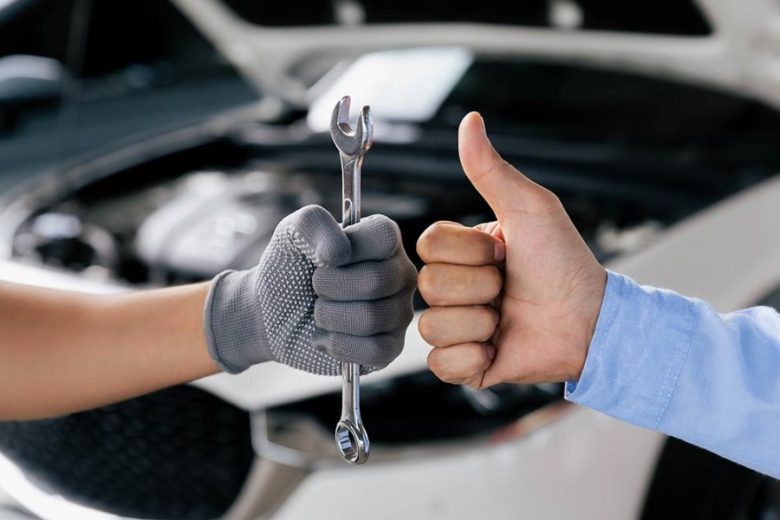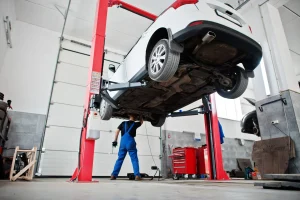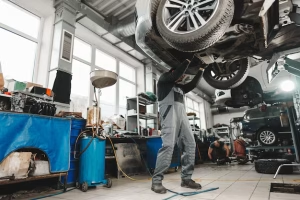Repairing your car at home can be a fulfilling and cost-effective way to maintain your vehicle. While many people rely on mechanics for even minor issues, learning how to perform basic repairs on your car can save you both time and money. Moreover, it allows you to develop a deeper understanding of your vehicle’s mechanics, giving you confidence and independence when dealing with unexpected car troubles. For car enthusiasts and those who enjoy hands-on tasks, DIY car repair is both a practical and enjoyable hobby.
The Benefits of DIY Car Repair
One of the main benefits of fixing your car at home is the potential savings. Car repairs at professional garages often come with significant labor costs, even for relatively simple fixes. By taking the time to learn and perform these repairs yourself, you can avoid those expenses. Additionally, it allows you to purchase parts at your discretion, ensuring quality and compatibility without being upcharged. Over time, these savings can add up, making DIY car repair an excellent investment in your skills and wallet.
Preparation Is Key
Before starting any repair work, preparation is crucial. Having the right tools and equipment on hand can make all the difference. Basic tools like a socket set, screwdrivers, wrenches, and pliers are essential for most repairs. Additionally, having a car jack, jack stands, and a tire iron is necessary for tasks that involve accessing the underside of your car or changing tires. For diagnostics, an OBD-II scanner can help you identify issues by reading your car’s error codes. These tools, combined with a reliable repair manual or online guide specific to your vehicle, will set you up for success.
Safety First
Safety is another important consideration when working on your car. Ensure that your workspace is well-lit and ventilated, especially if you’re working indoors. Always use jack stands to secure the car after lifting it with a jack, as relying solely on the jack can be dangerous. Wearing protective gloves and safety glasses can protect you from injuries while handling tools and parts. Additionally, familiarize yourself with emergency procedures, such as what to do in case of a fire or chemical spill, to minimize risks.
Changing Your Car’s Oil
One of the simplest DIY repairs you can undertake is changing your car’s oil. This task requires basic tools, including an oil filter wrench, a drain pan, and a funnel. Start by locating the oil drain plug underneath your car and placing the drain pan beneath it. Once you remove the plug, allow the old oil to drain completely before replacing the plug and adding fresh oil. This straightforward process can save you a trip to the mechanic and significantly reduce maintenance costs over time.
Replacing Your Car’s Air Filter
Another common repair is replacing your car’s air filter. A clogged air filter can affect your engine’s performance and fuel efficiency. To replace it, locate the air filter housing under the hood, remove the old filter, and insert the new one. This task typically takes only a few minutes and requires no special tools. Regularly replacing your air filter ensures optimal airflow to your engine, improving overall performance and reducing wear and tear.
Brake Maintenance
Brake maintenance is another area where DIY car repair can be highly effective. Replacing brake pads is a relatively simple process that requires basic tools like a wrench and a C-clamp. Begin by removing the wheel to access the brake caliper and pads. After removing the old pads, compress the caliper piston with the C-clamp before installing the new pads. Properly functioning brakes are essential for your safety, making this repair one of the most critical tasks to master.
Tire Maintenance
Tire maintenance is another essential skill for DIY car enthusiasts. Knowing how to change a flat tire is invaluable, especially in emergencies. To do this, locate your spare tire, jack, and tire iron. Use the jack to lift the car and remove the lug nuts with the tire iron. Replace the damaged tire with the spare, secure it with the lug nuts, and lower the car back to the ground. Regularly checking tire pressure and tread depth can also prevent issues and extend the lifespan of your tires.
Addressing Battery Issues
Addressing battery issues is another straightforward repair that can save you time and money. If your car struggles to start, it may be due to a dead or weak battery. Using a multimeter, you can check the battery’s voltage to determine its condition. Replacing a car battery typically involves disconnecting the negative and positive terminals, removing the old battery, and securing the new one in place. Regularly cleaning the battery terminals and ensuring they are tightly connected can also prevent electrical issues.
Minor Electrical Repairs
Dealing with minor electrical repairs, such as replacing fuses or lightbulbs, is another useful skill. If a fuse blows, locate the fuse box, consult the diagram to identify the faulty fuse, and replace it with one of the same rating. For headlights or taillights, remove the cover, take out the old bulb, and insert the new one. These repairs are usually simple and can be done in a matter of minutes, ensuring your car remains roadworthy and safe.
Know Your Limits
While DIY car repair offers many benefits, it’s important to recognize your limits. Complex repairs, such as those involving the engine or transmission, are best left to professionals unless you have advanced knowledge and experience. Missteps in these areas can lead to costly damage or safety hazards. Knowing when to seek professional help is just as important as mastering basic repairs.
Conclusion
In conclusion, DIY car repair is a rewarding and practical skill that every car owner can benefit from. By learning and performing basic repairs at home, you can save money, gain valuable knowledge, and maintain your vehicle’s performance. With the right tools, preparation, and safety measures, many common car issues can be resolved without professional assistance. As you gain confidence and experience, you may find yourself tackling more complex tasks, turning DIY car repair into a fulfilling and empowering hobby.



